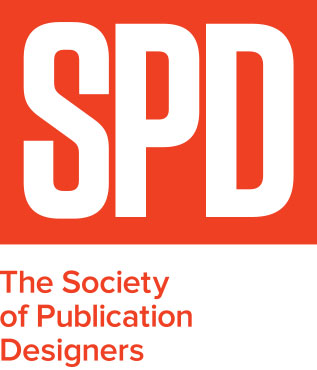Episode 33: Tina Brown (Editor: Vanity Fair, The New Yorker, more)
/As George Bernard Shaw once said, “England and America are two countries separated by the same language.” Turns out it may be more than just the language.
Early in my career it became clear the British were coming. The first wave arrived when I was an editor at New York magazine: Jon Bradshaw, Anthony Hayden-Guest, Julian Allen, Nik Cohn—all colorful characters who brought with them, as author Kurt Andersen said in Episode 2, “an ability to kick people in the shins that was lacking in the United States.”
And kick they did.
A decade later, the British trickle became a surge that appeared everywhere on the mastheads of premiere American magazines. There was Anna Wintour. And Liz Tilberis. And Harry Evans. Joanna Coles. Glenda Bailey. Andrew Sullivan. Anthea Disney. James Truman. And, of course, today’s guest, Tina Brown.
And the invasion continues today, with the Brits taking over our newsrooms and boardrooms. Emma Tucker at The Wall Street Journal. Will Lewis at The Washington Post. Mark Thompson at CNN. Colin Myler at the New York Daily News.
But none of them made it bigger faster than Tina Brown. Si Newhouse never knew what hit him. Brown, having just turned 30, grabbed the wheel of Condé Nast’s flailing 1983 relaunch of Vanity Fair and proceeded to dominate the cultural conversation for the next decade.
And then? Another massive turnaround at The New Yorker. The first multimedia partnership at Talk. Nailing digital early with The Daily Beast. Then Newsweek. And, more recently, the books, the events, and the podcast.
So Tina, what exactly is it with you Brits that makes your work so extraordinary?
“Well, I think that the plurality of the British press means that there’s a lot more experimentation and less, sort of, stuffed-shirtery going on. The English press is far more eclectic in its attitude and its high/low aesthetic, essentially. There’s much less of a pompous attitude to journalism. They see it as a job. They don’t see it as a sacred calling. And I think there’s something to be said for that, you know? Because it’s a little bit more scrappy, I think, than it is here. And I think that’s served us well, actually.”
So it’s no surprise then to learn that there were early signs of future-Tina. Here we call it “good trouble.” Tina’s got another name for it. As the story goes, teenage-Tina, blessed with a “tremendous skepticism of authority,” somehow managed to get herself kicked out of not one, not two, but three—THREE!—boarding schools. Her offenses? Nothing serious. Just what the ASME Hall-of-Famer refers to as her “crimes of attitude.”
And you know, when you think about it, what is any great magazine but a crime of attitude?
—George Gendron










